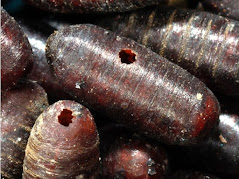 Fly parasites hatch
out of their pupae in 17-21 days, depending on temperature and other
environmental factors. Flies, on the other hand, can lay five to six batches of
eggs in a month (more on their lifespan here). Due to this
disparity, in order to gain control of the fly situation you will need to
regularly introduce the parasites to the area where flies are breeding – and in
larger numbers than would normally be there. That way, there will always be a
wasp ready to parasitize the next batch of fly eggs. That being said, the
reproductive power of flies is such that parasites can control flies, but can’t
eradicate them completely.
Fly parasites hatch
out of their pupae in 17-21 days, depending on temperature and other
environmental factors. Flies, on the other hand, can lay five to six batches of
eggs in a month (more on their lifespan here). Due to this
disparity, in order to gain control of the fly situation you will need to
regularly introduce the parasites to the area where flies are breeding – and in
larger numbers than would normally be there. That way, there will always be a
wasp ready to parasitize the next batch of fly eggs. That being said, the
reproductive power of flies is such that parasites can control flies, but can’t
eradicate them completely.
It’s important to remember that fly parasites are only effective against larval flies. For adult flies, you will need another source of fly control. It's also important to take measures to control or eliminate fly-friendly habitats like manure and wet areas. Check out our 4-Step Fly Control page for more information.
In short,
absolutely not. They are too small to do harm to anything but fly pupae. Plus,
and this is a big one, they do not have stingers. Although the females have an ovipositor that could conceivably be mistaken
for one. These are solitary insects; they mate, lay eggs and die. That’s it.
They do not form social communities like colonies or nests that need to be
protected or moved (the usual reasons for swarming).
Will they get rid of all the flies?
Fly parasites are only interested in filth-breeding flies – other flies will not be affected by these wasps. Simply put, filth flies breed and feed in manure, rotting organic matter and other sweet or smelly or sweet and smelly areas. House flies are filth flies, as are stable flies. However, the female stable flies are also blood feeders (they need it to produce viable eggs). Stable flies may be controlled by fly parasites, but it isn’t very effective for them. So, a good rule of thumb is that if flies are biting you or your animals (and drawing blood), the parasites are not a good control choice. Here's a blog I wrote last year on this subject.
Would I need specific equipment to use these beneficial insects?
Nope – fly parasites are sold commercially while they are still cocooned in the fly pupae. They are about the size of a grain of rice an usually mixed with sawdust. All you need to do is go out to where your problem flies are, kick up a little dirt, sprinkle some pupae in and cover them over lightly with dirt. You don’t want to bury them, just cover them enough so birds won’t easily find them (these cocoons are quite the treat for both wild and domestic birds).If you don’t want to touch the cocoons, you can sprinkle them directly out of the package. An even distribution will cover more ground but is not strictly necessary.Is it safe to use these around livestock and pets?
As I mentioned before, these insects do not bite or sting and are only interested in fly pupa. They will not harm domestic animals. We get calls fairly often about dogs getting ahold of a bag and eating them; although we encourage you to keep them away from pets, a dog can eat a bagful with no serious effects .
We have several pages on our site about how to purchase and use Fly Eliminators. I encourage you to peruse them at your leisure for more information. Or call one of our specialists at 800-827-2847; they have a wealth of information to share.
Submitted by Pam


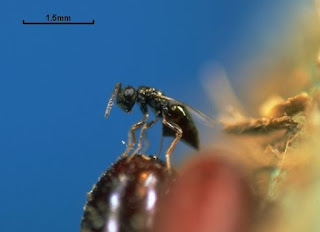

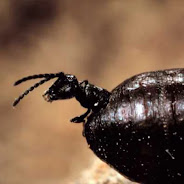


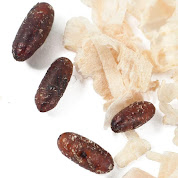

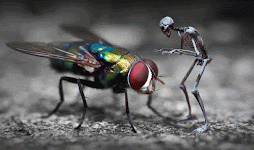




No comments:
Post a Comment